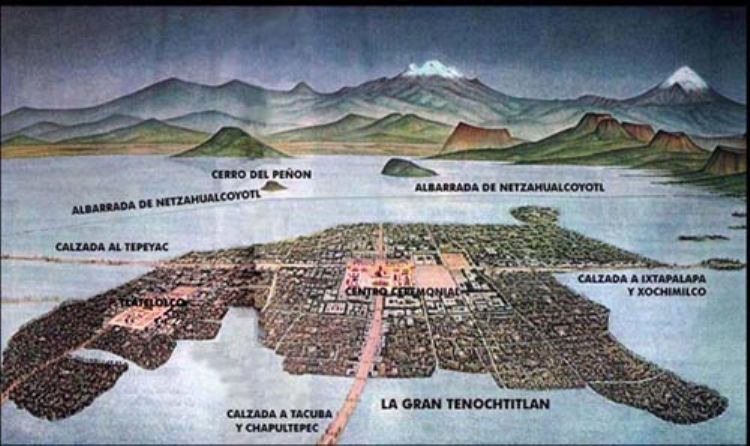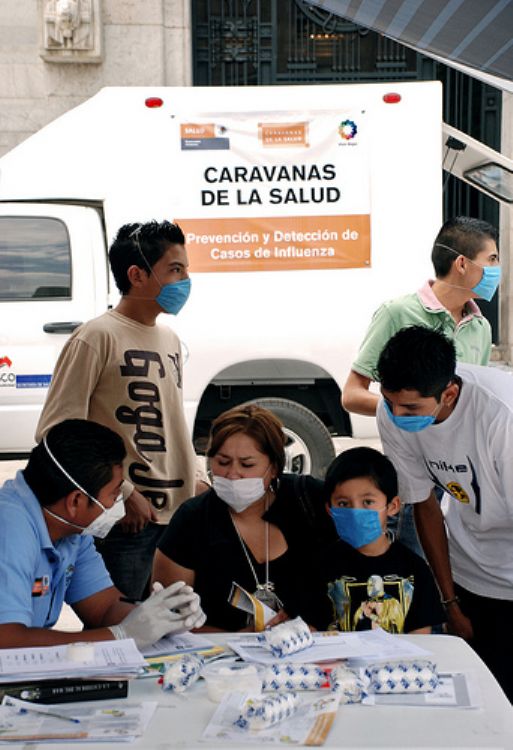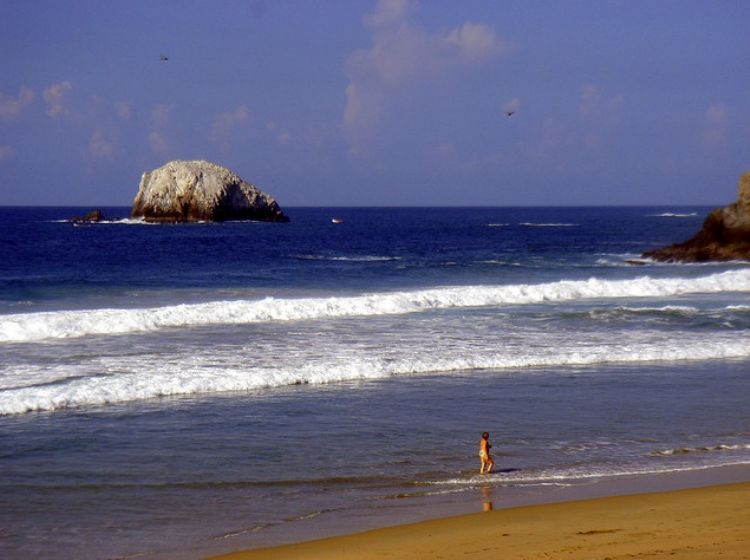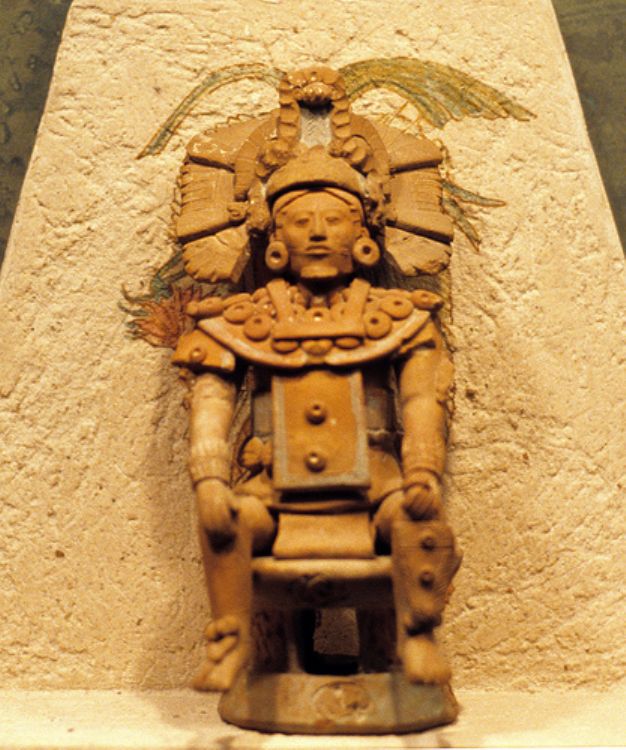Sea of Cortez, the worldâs aquarium.
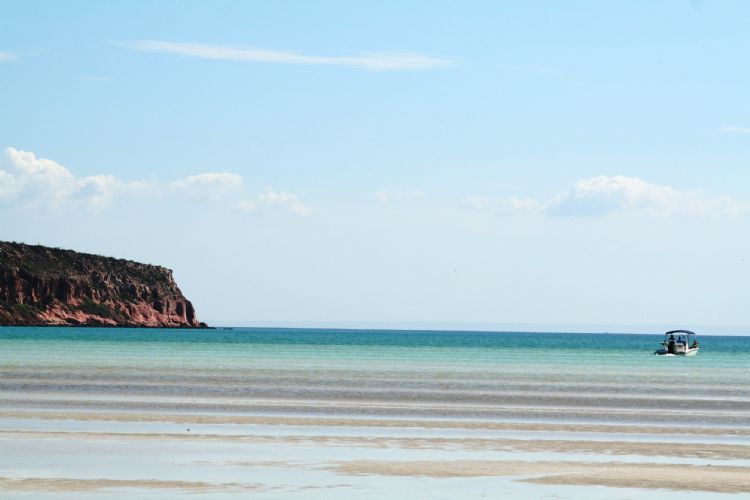
Along the Sea of Cortez, are the beaches of four Mexican States: Baja California Sur, Baja California, Sonora and Sinaloa, it has an approximate extension of 1,200 kilometers and is 222 kilometers wide, its temperature varies from 80°F to 88°F on average, salinity, penetration of solar light, nutrients and marine currents allow us to consider it a species incubator. It is not strange that its properties allow many marine species to reach its coasts for laying their eggs or reproducing.
The Sea of Cortez has hundreds of species adapted to different habitats such as marshes, mangroves and rocky terrains that store a great amount of nutrients giving life to crustaceans like crabs, shrimp, clams, snails and algae.
Among the endemic fauna reproducing in the crystalline waters of the Sea of Cortez, is the totoaba fish, vaquita and others characteristic of the region like morenas and gobios that feed on smaller fish. There are also catfish and octopus, among hundreds of water animals and others that share space on the beach and sand as the javelin and the beautifully colored hawksbill turtles.
Great-size mammals can be observed inside and outside its waters; sea lions, seals, pelicans, herons and seagulls. Beautiful to watch are the whales and dolphins, the attraction for tourists who observe in awe the grey whale. This mammal mates and has its young in the warm waters of the Gulf of California.
Whales travel a great path, from the cold waters of Alaska and the Bering Sea, they reach the warmth and richness of sea fauna that feed them, ending their long trip every December and staying for three months, after which they again start the vital cycle.
Artículo Producido por el Equipo Editorial Explorando México.
Copyright Explorando México, todos los Derechos Reservados.
Foto: Jorge Aboumrad Vega

